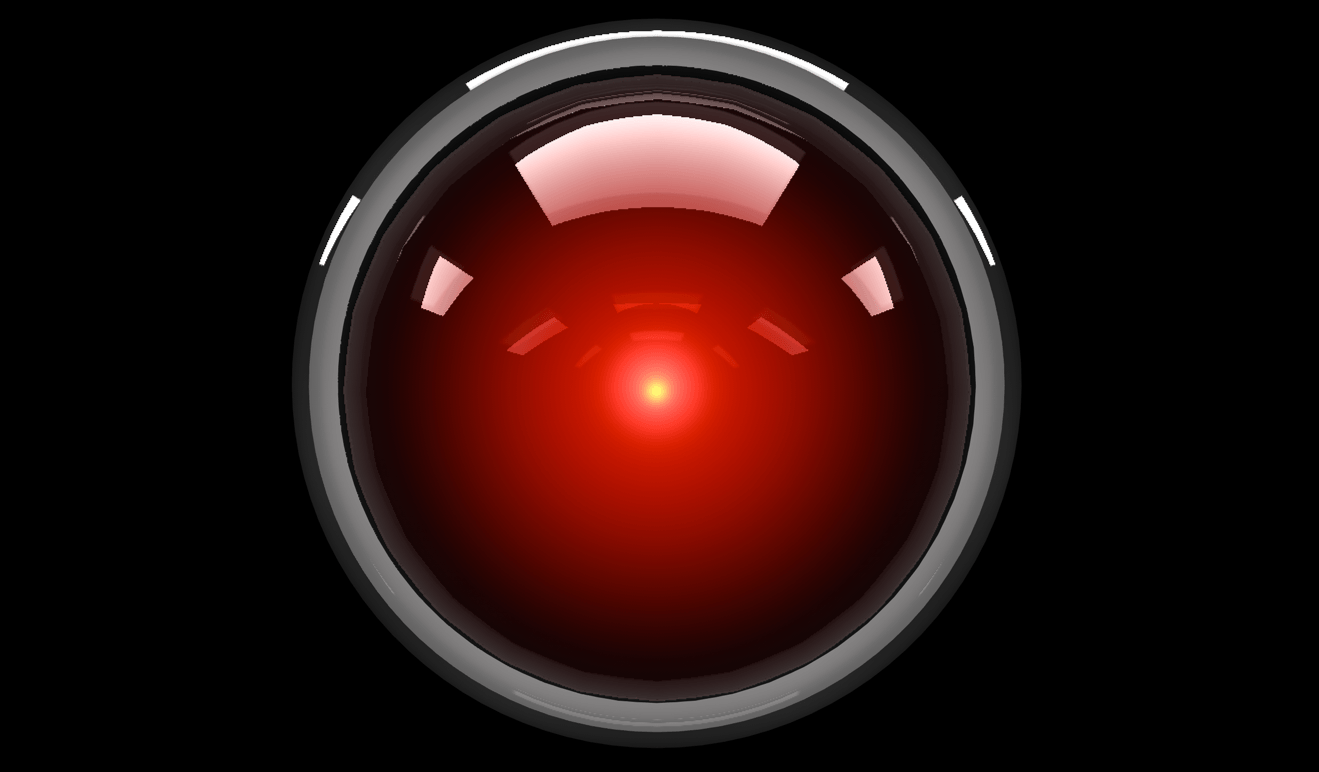
IGCSE Coordinated Chemistry Workout 18
Quiz
•
Chemistry
•
9th - 10th Grade
•
Practice Problem
•
Medium

Dave Gould
Used 10+ times
FREE Resource
Enhance your content in a minute
10 questions
Show all answers
1.
MULTIPLE CHOICE QUESTION
1 min • 1 pt

An acid is added to an alkali until the final solution is just neutral. The reaction is exothermic.
Which graph shows how the temperature changes as the acid is added to the alkali?
A
B
C
D
2.
MULTIPLE CHOICE QUESTION
1 min • 1 pt

The diagram represents the arrangement of atoms in a molecule of a compound.
What is the molecular formula of the compound?
CH2
C3H6
C3H8
C6H3
3.
MULTIPLE CHOICE QUESTION
1 min • 1 pt

Small amounts of barium chloride and sand are shaken with separate samples of water in two test-tubes. The test-tubes are left to stand for 24 hours.
Which diagram shows how the test-tubes appear at the end?
A
B
C
D
4.
MULTIPLE CHOICE QUESTION
1 min • 1 pt

Substance Q is used to make a cooking pan. What are the properties of substance Q?
high melting point and high thermal conductivity
high melting point and low thermal conductivity
low melting point and high thermal conductivity
low melting point and low thermal conductivity
5.
MULTIPLE CHOICE QUESTION
1 min • 1 pt

The experiment shown is used to investigate the properties of solid X. At first, the lamp does not light. On heating, solid X melts and the lamp lights.
What type of substance is X?
a compound of a metal and a non-metal
a compound of two non-metals
a metallic element
a non-metallic element
6.
MULTIPLE CHOICE QUESTION
1 min • 1 pt

The table shows the temperature of some water before and after a solid is dissolved in it.
Which change is the most exothermic?
A
B
C
D
7.
MULTIPLE CHOICE QUESTION
1 min • 1 pt

The diagram shows the circuit for electrolysing concentrated aqueous copper (II) bromide. Copper(II) bromide is similar to copper (II) chloride.
Which row describes the products at each electrode?
bromine at the cathode and copper at the anode
copper at the cathode and bromine at the anode
copper at the cathode and oxygen at the anode
oxygen at the cathode and copper at the anode
Create a free account and access millions of resources
Create resources
Host any resource
Get auto-graded reports

Continue with Google

Continue with Email

Continue with Classlink

Continue with Clever
or continue with

Microsoft
%20(1).png)
Apple
Others
By signing up, you agree to our Terms of Service & Privacy Policy
Already have an account?
Similar Resources on Wayground

10 questions
OCR C2 Chemistry
Quiz
•
KG - University

10 questions
FREE ENERGY
Quiz
•
10th Grade - University

14 questions
Ions
Quiz
•
9th Grade

15 questions
Particle nature of light Quiz
Quiz
•
10th Grade

15 questions
Valence Electron and Lewis Electron Dot Symbol
Quiz
•
9th Grade

10 questions
Anime
Quiz
•
KG - University

15 questions
Review of Grade 9 Chemistry
Quiz
•
10th Grade

15 questions
Intro to Stoichiometry
Quiz
•
10th - 12th Grade
Popular Resources on Wayground

10 questions
Honoring the Significance of Veterans Day
Interactive video
•
6th - 10th Grade

9 questions
FOREST Community of Caring
Lesson
•
1st - 5th Grade

10 questions
Exploring Veterans Day: Facts and Celebrations for Kids
Interactive video
•
6th - 10th Grade

19 questions
Veterans Day
Quiz
•
5th Grade

14 questions
General Technology Use Quiz
Quiz
•
8th Grade

25 questions
Multiplication Facts
Quiz
•
5th Grade

15 questions
Circuits, Light Energy, and Forces
Quiz
•
5th Grade

19 questions
Thanksgiving Trivia
Quiz
•
6th Grade
Discover more resources for Chemistry

25 questions
Unit 4/5-Covalent Bonding/Nomenclature
Quiz
•
10th Grade

20 questions
Naming Ionic Compounds
Quiz
•
10th - 12th Grade

20 questions
Ions
Quiz
•
10th Grade

25 questions
VSPER Shape Quiz
Quiz
•
10th Grade

17 questions
Periodic Trends
Quiz
•
10th Grade

61 questions
KAP Chemistry Covalent Test Review
Quiz
•
10th Grade

27 questions
Unit 4/5 Covalent Bonding/Nomenclature
Quiz
•
10th - 12th Grade

21 questions
Naming Covalent and Ionic Compounds
Lesson
•
9th - 12th Grade



